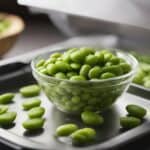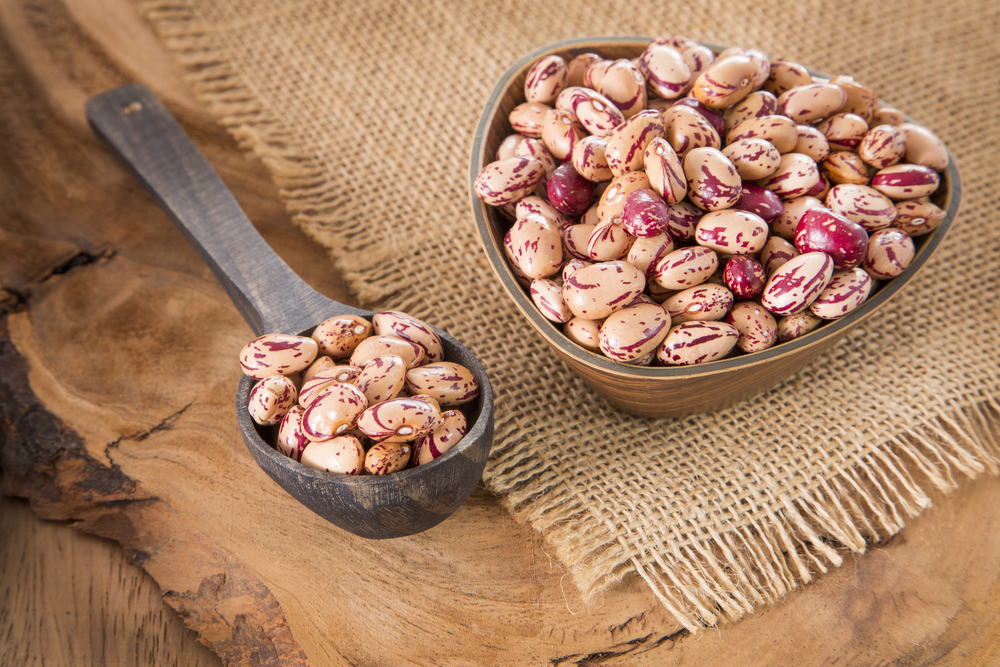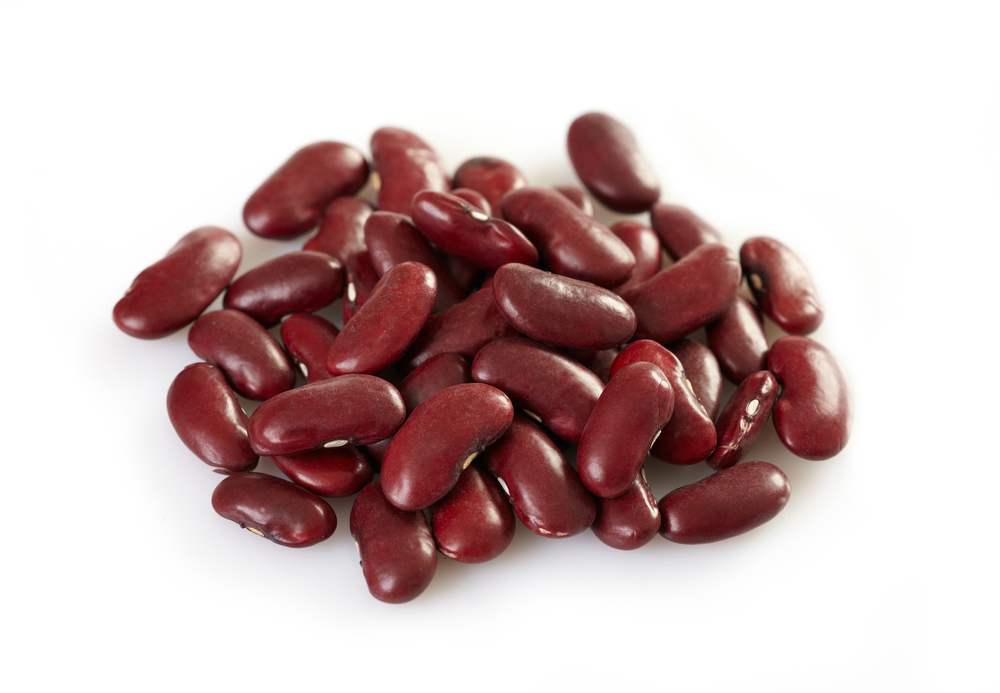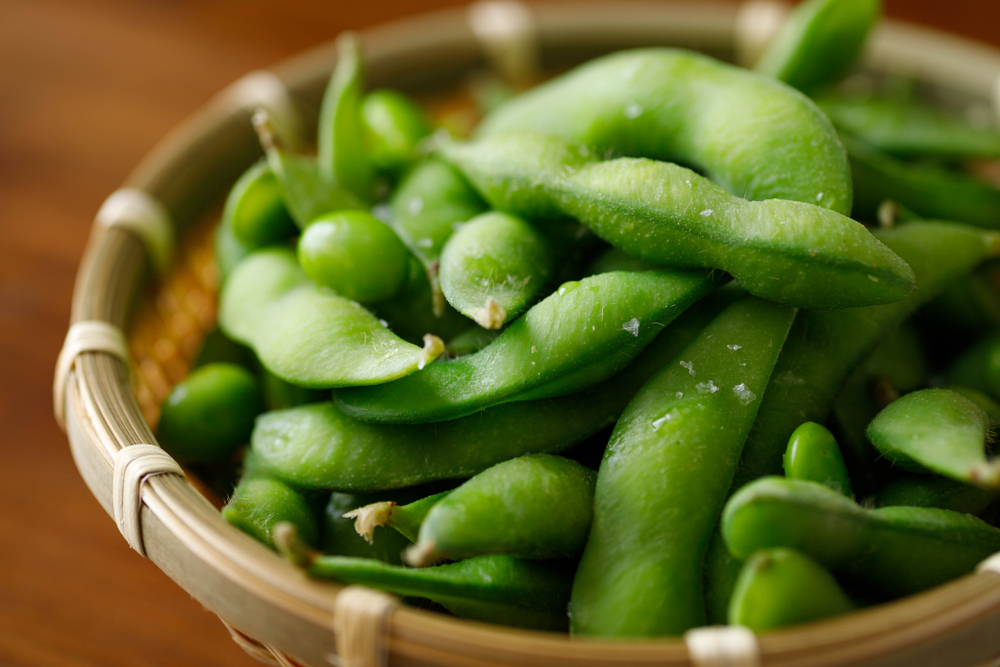So maybe you’ve discovered that pigeon peas are a part of a new recipe you decided to try. But now you are having difficulties tracking them down. Luckily, there are a decent amount of substitutes for pigeon peas that can replicate their properties.
10 Pigeon Pea Substitute Ideas That You Can Try Using
Instead of using pigeon peas, there are plenty of other viable options. Some great substitutes for pigeon peas include black-eyed peas, yellow-eyed peas, baby lima beans, lentils, fava beans, pinto beans, chickpeas, green peas, edamame, and kidney beans.

What are Pigeon Peas?
Even though their name includes the word “peas,” pigeon peas are actually a type of bean. They are native to Africa but are cultivated in many types of climates that have a tropical environment.
The cultivation of pigeon peas goes back as far as 3,500 years ago, and they are also called congo peas, angola peas, and red gram. The name for pigeon peas may differ based on the region they are from. Pigeon peas are rich in protein and are a filling appetizer.
Pigeon peas are beneficial to have in your home garden, because they are nitrogen-fixing and help enrich the soil. They make for a nice chicken feeder and the roots of pigeon pea plants are said to repel unwanted pests, especially rats. In proper conditions, a pigeon pea plant can be more resemblant of a tree as it grows up to fifteen feet tall.
No products found.
What Do Pigeon Peas Taste Like?
The flavor of pigeon peas is crisp and nutty, and some call it “a vegan’s bacon.” They are not quite as sweet as the garden peas that most of us are more familiar with. This is because they have a lower sugar content, and a higher protein content.
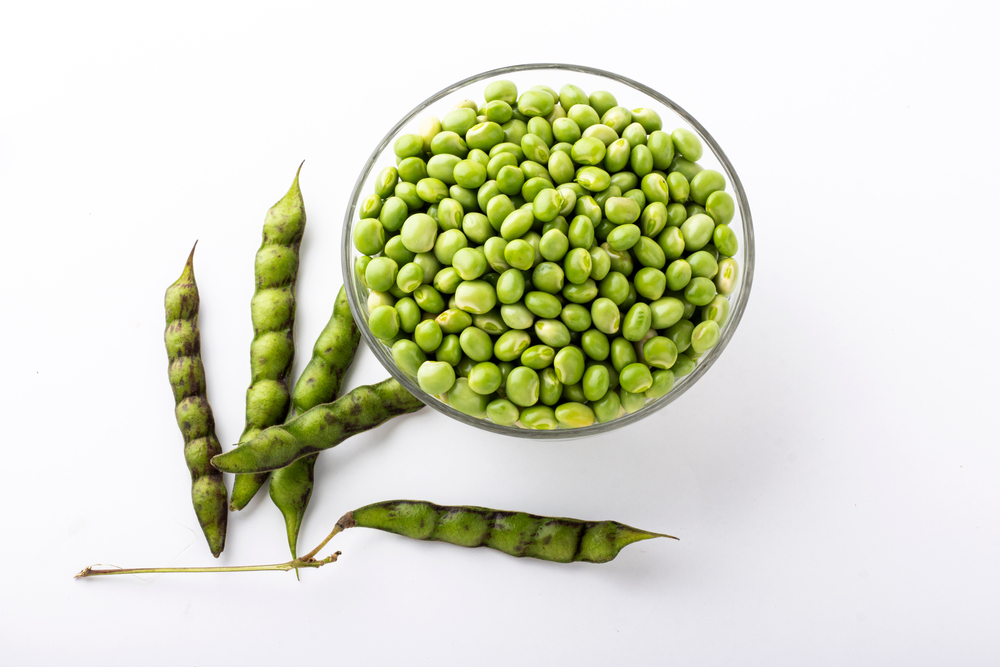
The more green a pigeon pea is, the sharper its taste will be. Yellow pigeon peas are commonly used in Indian cooking because of their ability to mesh well into various recipes.
Which Dish Do You Use Pigeon Peas In?
A main way that pigeon peas are consumed is in recipes with other vegetables. They make a great add-in for a combination of veggies, like a stir-fry with cauliflower and carrots. Pigeon peas can be eaten in salads, slaws, or just by the handful.
They are also known to pair well with rice, and many dinners include just pigeon peas and rice. Some other foods that are eaten with pigeon peas are curry and coconut. They can be eaten as a side dish or mixed into a main course meal.
No products found.
What Can I Replace Pigeon Peas With?
If you don’t have any pigeon peas and can’t find any, you aren’t out of luck. There are plenty of substitutes for pigeon peas, and you’re sure to find one that gives you the same effect you look for in pigeon peas.
1. Black-Eyed Peas
Black-eyed peas come from Asia, and were brought to North America sometime around the 17th century. They became popular through trade, and are oval-shaped. Black-eyed peas are beige in color, with a black spot on them, hence the name.
Their taste is both sour and salty, and in cooking, they can become a soft and thick paste. They are particularly popular in Indian cuisines. In the Western world, many people like to crush them into a powdery flour to use for frying.

They can be part of a salad when mixed with tomato sauce or vinegar oil, or combining them with sugar and coconut milk will turn them into a surprisingly tasty dessert treat. Black-eyed peas can be eaten fresh or dry, but dry black-eyed peas are the most popular. They will need to be soaked for between two and six hours before cooking.
2. Yellow-Eyed Peas
Yellow-eyed peas have a similar history to the black-eyed peas. They are an immensely popular ingredient to use in Indian and African cooking. Like the black-eyed peas, their color is creamy and they are somewhat small, but with a yellow spot on them instead of a black one.
Their taste is coveted by many chefs because it is fatty, but not greasy. This helps to bring out the taste of any food they’re paired with, and easily go well with soups and meats. Yellow-eyed peas may be served with celery sticks, smoked ham, carrots, and onions, to name a few.
They are a great source of iron and offer many essential vitamins and minerals that our bodies need to flourish. Yellow-eyed peas should be stored in a dry setting, and it’s recommended to soak them for a few hours before cooking.
3. Baby Lima beans
Lima beans come from South America, and grow in temperate or tropical climates. They are oval-shaped and can be a part of all sorts of dishes. When cooked, lima beans take on a sort of almond flavor, making them an ideal pairing with veggies, meats, and rice.
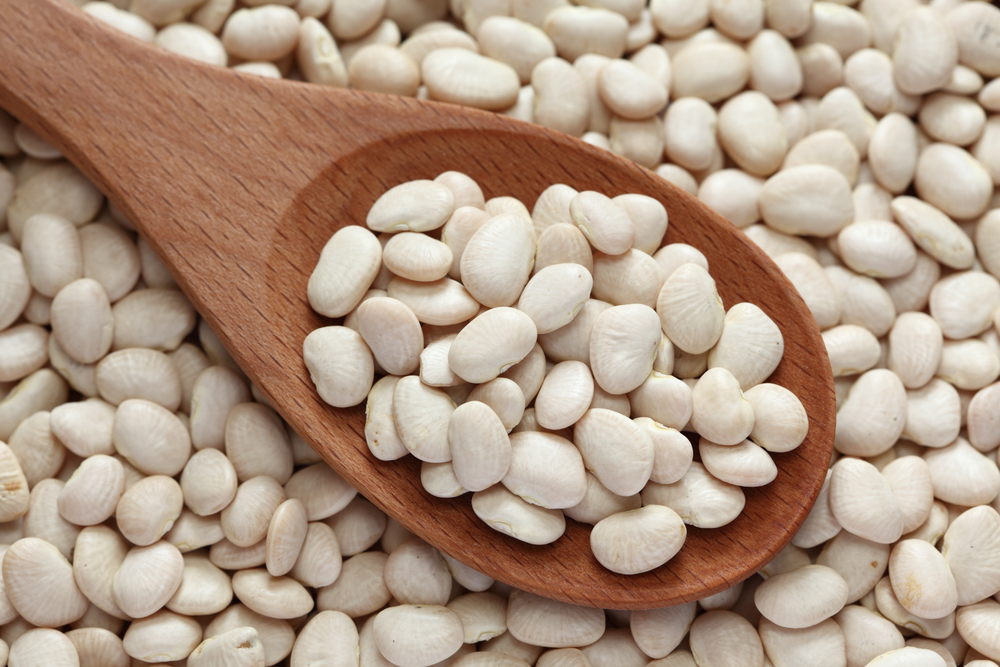
In India, they are pressurized and used to make curry. This is another reason lima beans are a good replacement for pigeon peas–they are used for many of the same recipes. They’re creamy but are somewhat low in sugars and fats.
No products found.
With dried lima beans, you’ll need to soak them before cooking. But there is no need to do this with fresh ones. Baby lima beans are even used as a mushroom substitute in many recipes.
4. Lentils
Lentil beans can come in various colors that depend on how and where they were grown. Some colors of lentils you’ll see are brown, yellow, and red. The color varieties each have slightly different flavors, but overall, they are all aromatic and sweet.
They are a common ingredient in curries and can be combined with meats and rice. Lentil beans have an earthy taste and become softened when they are cooked. For frying or baking, they can be crushed beforehand. They offer many of the same health benefits that the pigeon peas offer.
5. Fava Beans
Green or fresh fava beans can be eaten raw, making them a good addition to any salad. In their raw form, they are comparable to snap peas. They have a similar sweet taste, but are more nutty.
When cooked, fava beans can be used as a part of soups, stews, and rice dishes. They can also be sauteed, and grilled even while they’re still inside of the pods. Archaeologists have found traces of fava beans in Israel, and it’s believed that they have been used since ancient times.
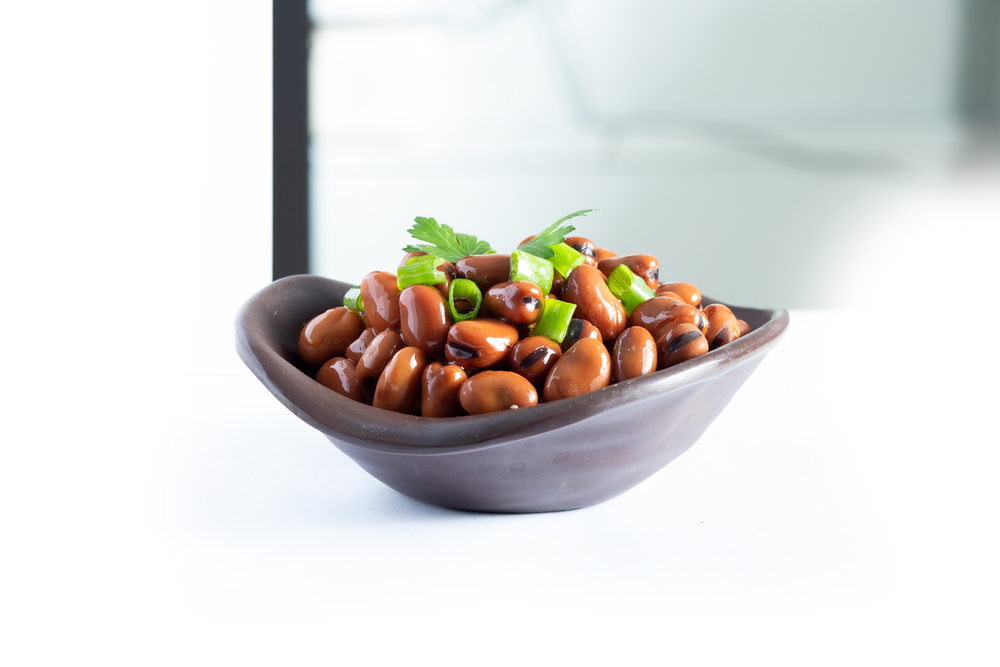
They are high in starch, which gives them a buttery feel and sweet flavor when cooked. Fava beans are also high in fiber, making them good for promoting digestion. They also help promote oxygen transferring through our blood.
6. Pinto Beans
Pinto beans are an extremely easy alternative to pigeon peas; they are common, inexpensive, and versatile. You can use pinto beans as part of a soup, or they can be cooked to be a part of a rice dish. The best way to cook pinto beans is to boil them on a low setting.
Fried pinto beans can be used as a condiment. After frying, you can ground them into a spice to use as seasoning for any recipe. Fresh or dried pinto beans can be used, but dried ones are usually preferable. It’s a good idea to soak them before cooking so you can remove any that have gone bad.
7. Chickpeas
When chickpeas are fresh, they are lumpy, round, and bright green. As they dry, the colors become more light brown. When cooked, chickpeas take on a buttery and sweet taste. Chickpea seeds may appear in various recipes–cooked, boiled, fried, or steamed.
They can also be grilled to use a snack or to make chickpea flour. When using dry chickpeas, you’ll want to soak them overnight. As a pigeon pea replacement, they work for soups, stews, hummus, and curry. Chickpeas can also be used as a replacement for cremini mushrooms.
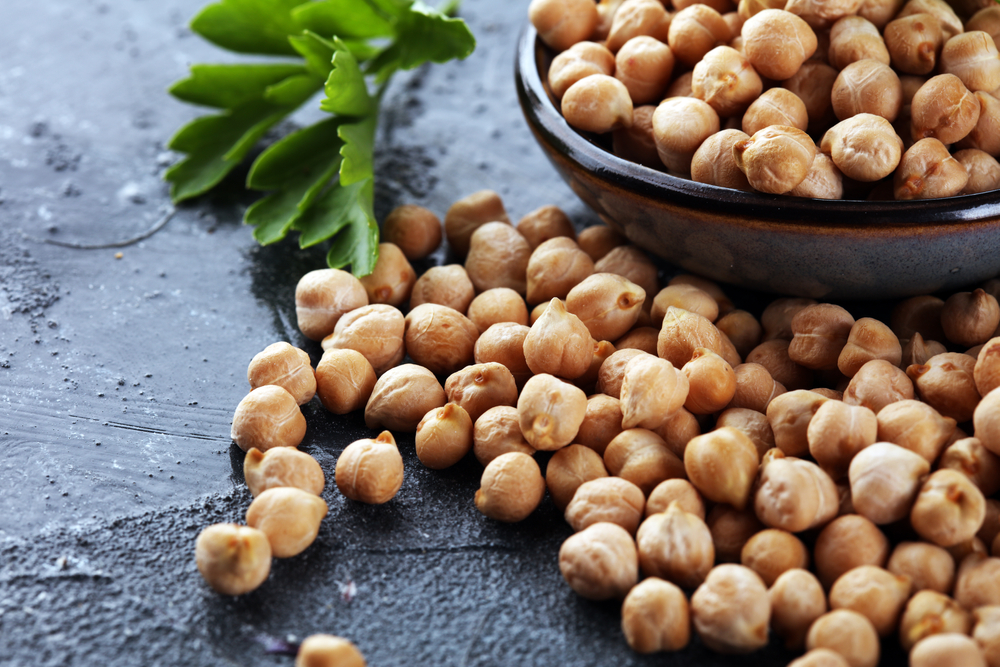
Chickpeas offer a considerable amount of protein and fiber. Brown chickpeas tend to have more fat, and sometimes less protein. They last in the fridge for around three days, so if you plan on needing them for longer than that, buy dried chickpeas.
8. Green Peas
When you heard the term “pigeon peas,” you probably inferred that green peas would be a good substitute. And you wouldn’t have been wrong, green peas can be used for many of the same purposes that pigeon peas would be.
They are also called spring peas or sweet peas, and are typically very easy to find in stores. They can be bought in canned form, frozen, or fresh. But fresh peas are usually only available from late spring to early summer. Their taste is simple and familiar, and they can be used in place of pigeon peas for any recipe.
No products found.
9. Edamame
Edamame cannot be eaten raw, so it is not preferable for recipes where you’ll be using raw beans. They are essentially unripe soybeans and are a very vibrant green color. Their taste is sweet and nutty, resemblant to the flavor of regular green peas.
10. Kidney Beans
Kidney beans originated in South America, and even today they are one of the most popular ingredients in Caribbean and Amazon cooking. In comparison to other beans, kidney beans are more stiff and redder in color.
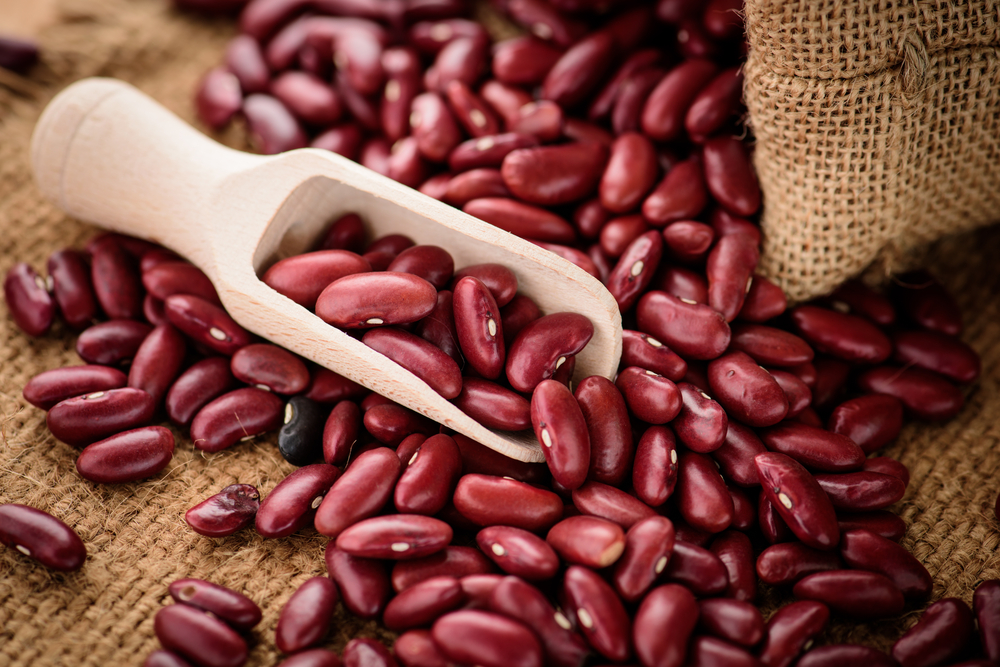
They are a good replacement for meat as they offer high protein contents, and can also be used in place of black beans. Kidney beans help lower cholesterol and have cancer-preventing properties.
In fact, they are a great alternative to many other types of beans. They take on a creamy, buttery texture when cooked and can be a part of salads, pastas, and soups because of their subtle taste. They do need to be cooked thoroughly to prevent any toxins entering the body.
FAQs
Are there different types of pigeon peas?
There are many varieties of pigeon peas, but they all depend on how they have been genetically modified. Across the board, the varieties of pigeon peas taste and feel very similar to each other. Some of them may grow taller than others, and last longer.
There are a few different names for pigeon peas that vary based on region, but they all refer to the same thing: congo peas, angola peas, and red gram.
What is the difference between pea and bean?
The thing about peas is that they’re generally all very similar in color–the signature bright green. Beans can come in all sorts of colors and shapes, while peas generally have the same shape. The classification of peas vs beans is that beans are a type of legume where the seeds are eaten.

Can you eat green pigeon peas raw?
Before pigeon peas are completely ripe, they are often yellow. Yellow pigeon peas should be kept to ripen or be cooked, but when pigeon peas are green, they can indeed be eaten raw.
Conclusion
Pigeon peas are a very versatile type of bean that can be eaten fresh or cooked, and used for many types of recipes. They can be difficult to track down in North America, though. If you’ve stumbled upon a recipe that calls for pigeon peas, check out some substitutes that will be easier to find instead.


